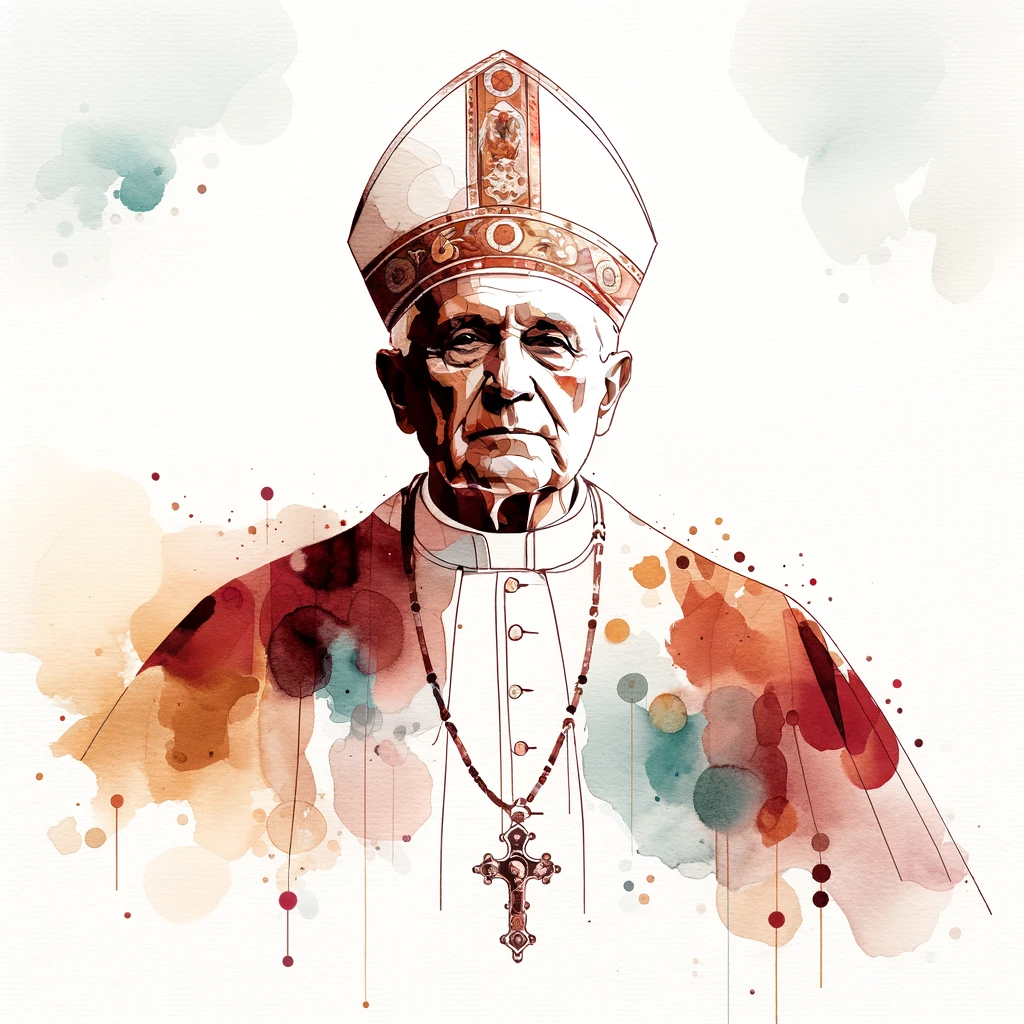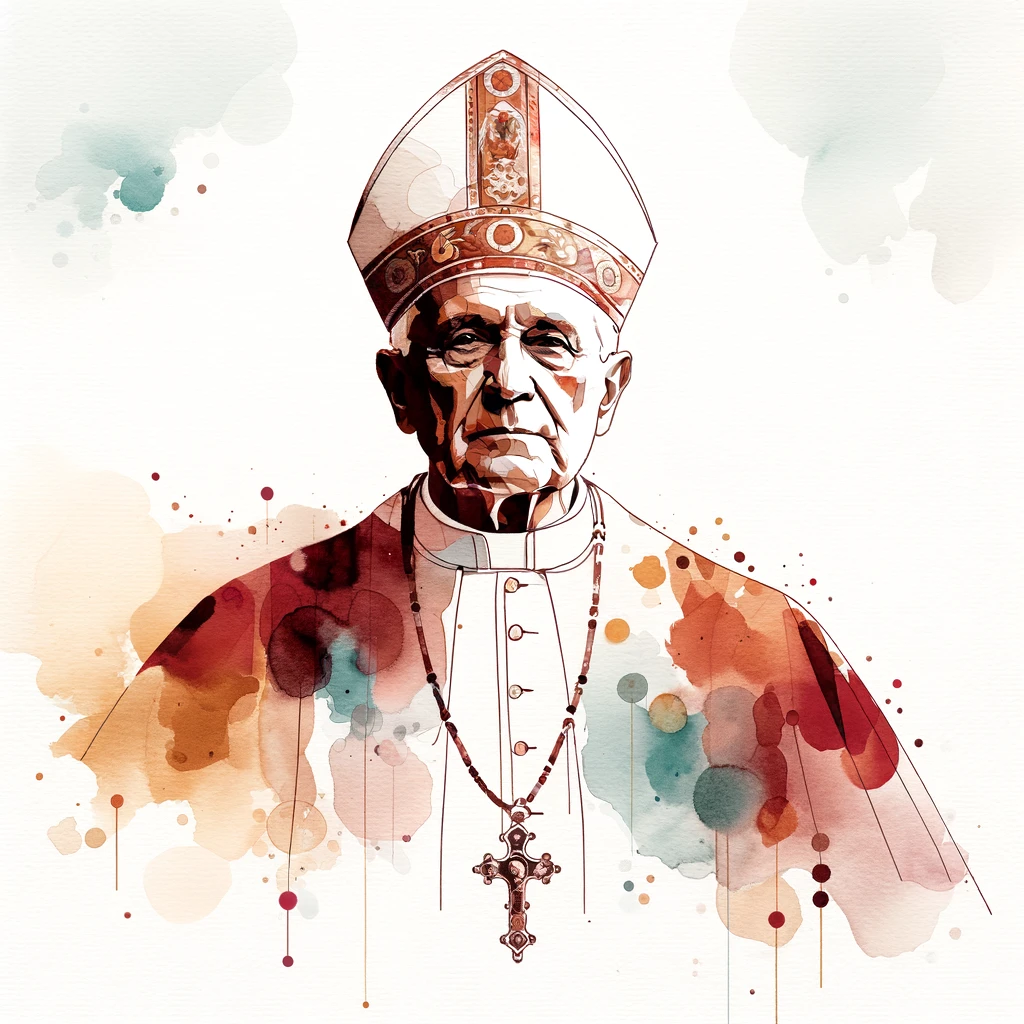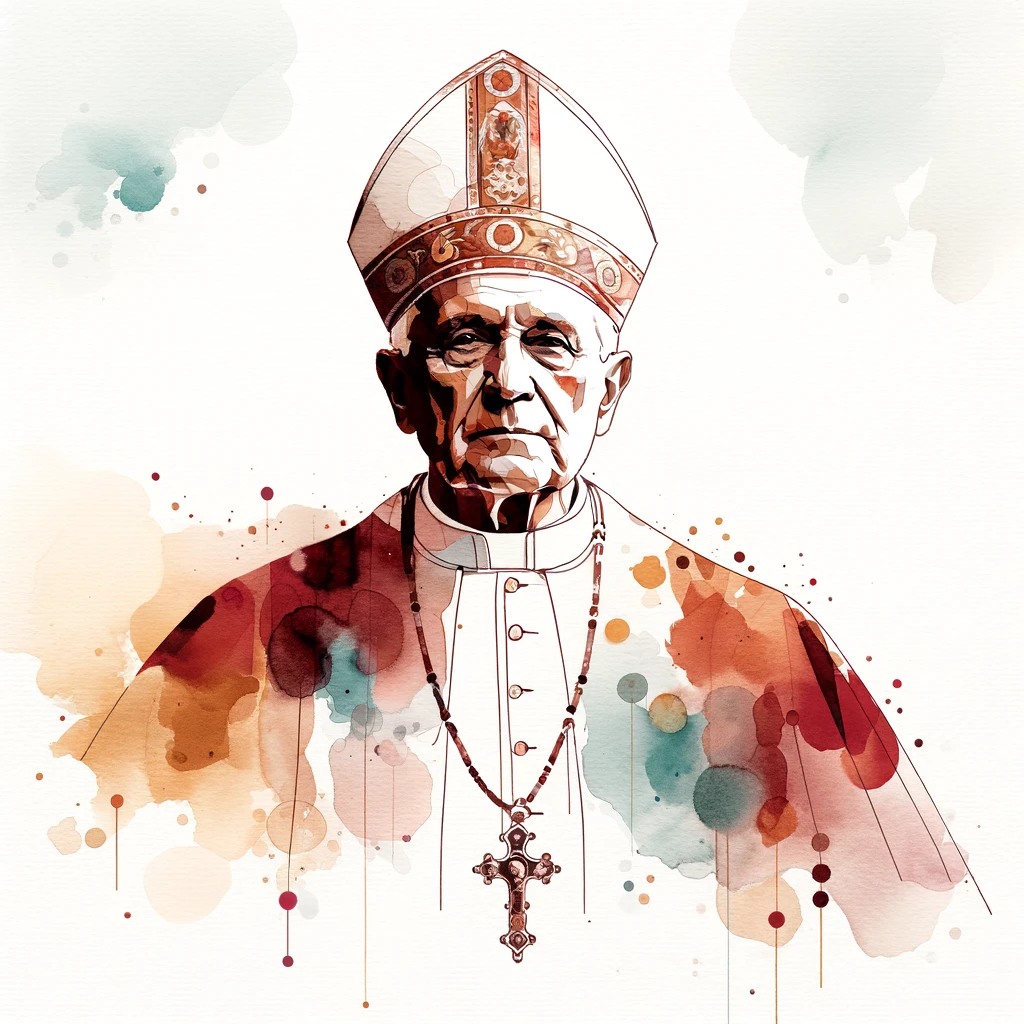The Gregorian calendar is the calendar most widely used today. It was introduced by Pope Gregory XIII in 1582 as a refinement of the Julian calendar. The primary motivation for the creation of the Gregorian calendar was to correct the drift in the Julian calendar, which resulted in the date of the spring equinox moving gradually earlier in the year.

Pope Gregory XIII in 1582
KEY FEATURES
Leap Year Rule
It introduced a more accurate formula for calculating leap years. While the Julian calendar added a leap day every four years without exception, the Gregorian calendar adds a leap day every four years except for years that are divisible by 100 but not by 400. Thus, 1600 and 2000 were leap years, but not 1700, 1800 and 1900 were not.
Adjustment of Dates
When the Gregorian calendar was adopted, 10 days were dropped to realign the date with the seasons. This realignment was necessary because the Julian calendar had accumulated an error of about 10 days by the late 16th century.
Months and Weekdays
It retained the 12-month structure and seven-day week of the Julian calendar, with slight modifications to some month lengths.
Wider Adoption
Initially adopted by Catholic countries, it gradually replaced the Julian calendar in various parts of the world. Today, it is the standard civil calendar used globally.
Historical Impact
Its adoption was not simultaneous worldwide and led to differences in date recording between countries for several centuries.
The Gregorian calendar is solar-based, meaning it is designed to maintain synchrony with the solar year, the time it takes Earth to complete one orbit around the Sun. This synchrony is crucial for keeping seasons occurring at roughly the same time each year.
The Gregorian calendar is the calendar most widely used today. It was introduced by Pope Gregory XIII in 1582 as a refinement of the Julian calendar. The primary motivation for the creation of the Gregorian calendar was to correct the drift in the Julian calendar, which resulted in the date of the spring equinox moving gradually earlier in the year.
The Gregorian calendar is solar-based, meaning it is designed to maintain synchrony with the solar year, the time it takes Earth to complete one orbit around the Sun. This synchrony is crucial for keeping seasons occurring at roughly the same time each year.

Pope Gregory XIII in 1582
KEY FEATURES
Leap Year Rule
It introduced a more accurate formula for calculating leap years. While the Julian calendar added a leap day every four years without exception, the Gregorian calendar adds a leap day every four years except for years that are divisible by 100 but not by 400. Thus, 1600 and 2000 were leap years, but not 1700, 1800 and 1900 were not.
Adjustment of Dates
When the Gregorian calendar was adopted, 10 days were dropped to realign the date with the seasons. This realignment was necessary because the Julian calendar had accumulated an error of about 10 days by the late 16th century.
Months & Weekdays
It retained the 12-month structure and seven-day week of the Julian calendar, with slight modifications to some month lengths.
Wider Adoption
Initially adopted by Catholic countries, it gradually replaced the Julian calendar in various parts of the world. Today, it is the standard civil calendar used globally.
Historical Impact
Its adoption was not simultaneous worldwide and led to differences in date recording between countries for several centuries.
The Gregorian calendar is the calendar most widely used today. It was introduced by Pope Gregory XIII in 1582 as a refinement of the Julian calendar. The primary motivation for the creation of the Gregorian calendar was to correct the drift in the Julian calendar, which resulted in the date of the spring equinox moving gradually earlier in the year.
The Gregorian calendar is solar-based, meaning it is designed to maintain synchrony with the solar year, the time it takes Earth to complete one orbit around the Sun. This synchrony is crucial for keeping seasons occurring at roughly the same time each year.

Pope Gregory XIII in 1582
KEY FEATURES
Leap Year Rule
It introduced a more accurate formula for calculating leap years. While the Julian calendar added a leap day every four years without exception, the Gregorian calendar adds a leap day every four years except for years that are divisible by 100 but not by 400. Thus, 1600 and 2000 were leap years, but not 1700, 1800 and 1900 were not.
Adjustment of Dates
When the Gregorian calendar was adopted, 10 days were dropped to realign the date with the seasons. This realignment was necessary because the Julian calendar had accumulated an error of about 10 days by the late 16th century.
Months & Weekdays
It retained the 12-month structure and seven-day week of the Julian calendar, with slight modifications to some month lengths.
Wider Adoption
Initially adopted by Catholic countries, it gradually replaced the Julian calendar in various parts of the world. Today, it is the standard civil calendar used globally.
Historical Impact
Its adoption was not simultaneous worldwide and led to differences in date recording between countries for several centuries.